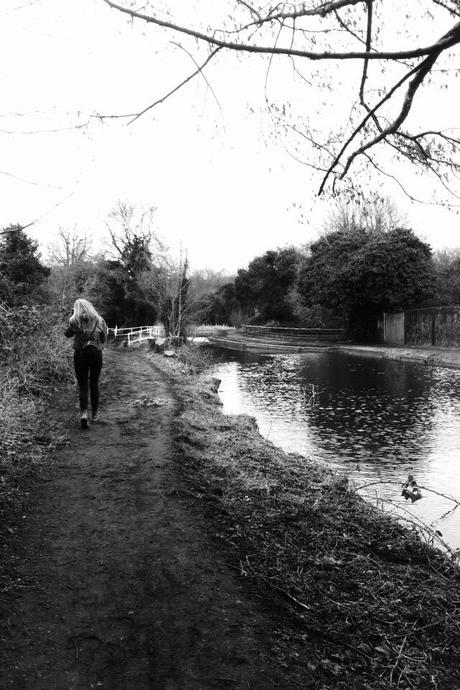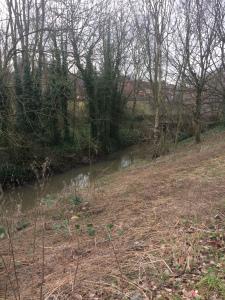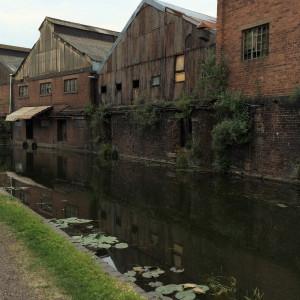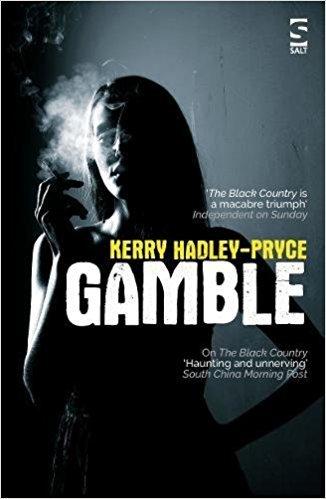 A record number of Summer Reads authors are joining me on the Sofa this year and most are welcome additions to the popular Writers on Location series. This is especially true of today’s guest Kerry Hadley-Pryce, whose second novel Gamble is set in the Black Country, a part of the UK I have not encountered in real life or fiction.
A record number of Summer Reads authors are joining me on the Sofa this year and most are welcome additions to the popular Writers on Location series. This is especially true of today’s guest Kerry Hadley-Pryce, whose second novel Gamble is set in the Black Country, a part of the UK I have not encountered in real life or fiction.
As an adoptive Londoner and keen traveller, I love novels set in big cities and well-known places, but like many of us, I read to expand my knowledge and experience of the world in every sense. That includes settings which don’t make frequent appearances in fiction and often face additional hurdles, so all credit to the writers and publishers proving that broader horizons make for a richer literary landscape. Find out how Kerry’s novel Gamble achieves this in my review at the end but first, where exactly is the Black Country?
It’s like this: I write novels (two, actually, and almost finished the third) and short stories (loads) set in the Black Country, and I bet you don’t know where the Black Country is. You don’t, do you? And don’t say ‘Birmingham’, because you’d be WRONG. And don’t try looking on a map, or, God forbid, googling it. Your satnav won’t have a clue, so forget that. And don’t go asking me, either, as I’m not even sure myself and I live there. Oh, and please don’t say, ‘Peaky Bloinderrrs.’ Just don’t.


And, one more thing: I love the Black Country. There. Said it.
A poet friend, Rob Francis, and I are studying for our PhDs at the University of Wolverhampton, both of us using Black Country writing as the basis of our theses. Rob reckons it’s the very liminality of the place, the not-quite-rural, not-quite-industrial, the meandering River Stour and the complication of canals that makes it ripe for the picking, creatively. It lends itself to a strange other-worldliness, slightly uncanny, slightly weird, not exactly criminal (but with the possibility lurking somewhere nearby). Last week, someone told me that the stretch of canal I frequent in Stourbridge (I’m a runner, it helps me think straight) is actually called ‘The Hades’, and my Dad always used to say that our surname came from the Anglo-Saxon ‘Hadda’s lea.’ I’ll take that as a sign that I am not only a Black Country girl, but that I have an actual stake in the very veins of it.
All of which is why I set my writing in the Black Country. When people ask me what genre, or what my writing is about, I struggle to put it into a particular category. I say something like, ‘It’s dark stuff, you know, things that go on behind closed doors. Psychological. Maybe a bit claustrophobic. Ordinary people finding themselves in difficulty. Oh, I don’t know.’ And they say, ‘Crime, you mean?’ They’re all hopeful, trying to help, and I say, ‘No, not exactly…it’s Black Country fiction…’

I wrote my first novel as part of my MA in creative writing at Manchester Writing School and was lucky enough to meet Nick Royle there. He suggested a new title because there was such a strong sense of place in the writing, a sensation rather than a specific pinpointed map for the characters. It was published as The Black Country by Salt Publishing in 2015. My second novel, Gamble, is also published by Salt. What’s it about? A man who has always played by the rules, a man who finds himself in the midst of a crisis, and who decides it’s time he took some chances. Big ones. Not crime, no. And, yup, it’s set in the Black Country.
Thanks to Kerry for demystifying the location and giving such a tantalising flavor of the Black Country in her guest post.

It takes a lot to sell me yet another novel about a middle-aged man having a life crisis, but in the case of Gamble it took less than a page (and a sexy cover which is genius, in the context!). The tense, stylish writing instantly gave me shivers and is ideally suited to this unsettling and claustrophobic exploration of the inner life of a man on the edge. Hadley-Pryce inhabits male perspective with conviction and her portrayal of Gamble’s desperation, doubts and moral conflict makes it possible – though by no means guaranteed – to empathise with this flawed and unendearing man. There is particular pathos in the scenes of alienated domesticity and disconnection with his wife and teenage daughter. Whilst it’s tempting to describe the geographical location as ‘one of the characters’, that’s not quite it; in its brooding malevolence, the Black Country setting acts as a kind of two-way magnifying glass, to Gamble in his distorted perceptions of the world causing him so much distress, and to the reader’s understanding of his mental and emotional state. This is indeed a hard novel to pin down but whatever it is, it’s dark and gripping; sophisticated noir with a dash of the existential.
*POSTSCRIPT*
If you missed it last week, do take a look at Emily Critchley’s post on writing a crossover novel. Next week’s guest is Clare Atkins with a Writers on Location post on Darwin, Australia, the setting of her powerful debut which also has teenage protagonists.
Advertisements
